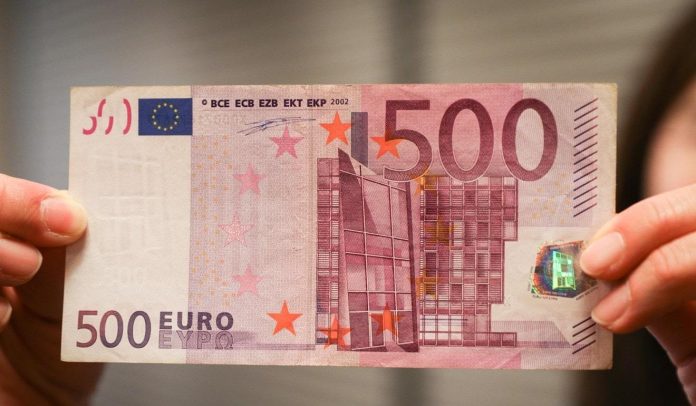Обіцяний Україні кредит у розмірі 50 мільярдів доларів, який мав бути виділений за рахунок заморожених російських активів, опинився під загрозою. Як пише професор права та економіки Вищої комерційної школи Парижа Армін Штайнбах у своїй колонці для Politico, цей план, який спочатку був задуманий як безризиковий для кредиторів із країн G7, стикається з реальними труднощами.
Штайнбах зазначає, що початкове багатостороннє рішення підтримати Україну через використання заморожених російських активів поступово розвалюється. Це відбувається через внутрішні політичні розбіжності між країнами Заходу та юридичні перешкоди, що впливають на можливість реалізації кредиту.
Наразі особливо гострою проблемою стала позиція Угорщини, яка заявляє про намір ветувати тривале заморожування російських активів. Це є ключовою умовою для виділення кредиту, який планували надати США та Європейський Союз. Без цієї угоди надії на реалізацію програми значно зменшуються.
Європейський Союз наразі розглядає можливість виділення Україні 40 мільярдів доларів власними силами, проте цей кредит матиме регресний характер. Це означає, що якщо доходи від заморожених активів Росії не покриють борг, відповідальність за його погашення ляже на Україну. Такий борговий тягар стане надмірним для української економіки, яка вже зазнала серйозних збитків через війну.
Крім того, існують побоювання, що це може позбавити Україну доступу до нових кредитів Міжнародного валютного фонду (МВФ), що ще більше ускладнить фінансове становище країни.
Штайнбах підсумовує, що цей кредитний план мав стати символом єдності Заходу у підтримці України, але замість цього він лише демонструє зростаючі розбіжності серед західних партнерів. Якщо термінові заходи не будуть вжиті, кредит на $50 мільярдів може не стати реальністю, залишаючи Україну у ще складнішій фінансовій ситуації.


